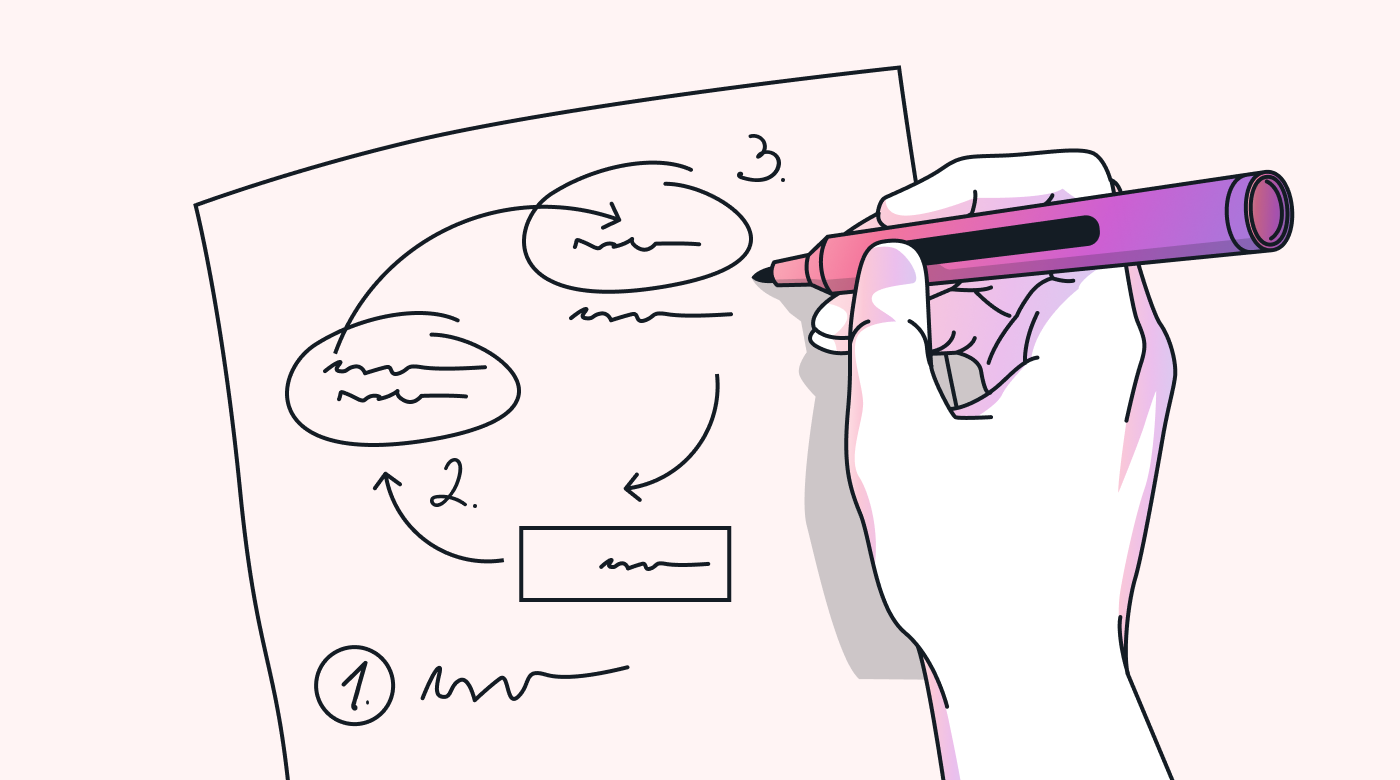
When it comes to running a profitable power washing business, not all services are created equal. Some jobs may look impressive or seem in demand—but if they don’t earn you enough profit per hour, they can drag down your entire operation.
That’s where a well-designed service menu comes in. By carefully selecting and pricing the services you offer, you can boost your hourly income, streamline your workflow, and attract better clients.
Here’s how to create a service menu that not only sells—but scales your business profitably. 📈
What Is a “Profit-Per-Hour” Mindset? 🧠💰
Before diving into your menu, it’s important to understand this concept:
Profit per hour = (Total Job Revenue−Total Job Costs)÷Total Time Spent(\text{Total Job Revenue} – \text{Total Job Costs}) ÷ \text{Total Time Spent}(Total Job Revenue−Total Job Costs)÷Total Time Spent
This includes:
✅ Time spent prepping equipment
✅ Time traveling to the site
✅ Time on the job
✅ Post-job cleanup and follow-up
Many business owners only consider gross revenue per job, but high-ticket services that take too long—or require multiple techs—can sink your profit per hour.
Step 1: List All Possible Services You Could Offer 📋
Start by listing every type of service you’re capable of offering, such as:
🧼 House washing (vinyl, stucco, wood)
🧱 Concrete cleaning (driveways, patios, sidewalks)
🏠 Roof cleaning
🌿 Gutter cleaning and whitening
🚗 Fleet washing or vehicle detailing
📦 Commercial building washing
🪑 Decks, fences, and outdoor furniture
🏢 Graffiti removal
🧴 Sealing and post-wash treatments
Now it’s time to assess which of these actually belong on your core service menu.
Step 2: Identify Your Most Profitable Services 📊
Use past job data (or industry benchmarks) to estimate:
- Average job price
- Average time to complete
- Average materials cost
- Equipment required (and wear/tear implications)
💰 Services like concrete cleaning and vinyl siding washing often offer high profits with minimal materials and fast turnaround.
🛑 Services like roof cleaning or commercial jobs might be lucrative but require longer setup, more risk, or expensive insurance.
Keep services that meet your target hourly profit threshold. Cut or price up the ones that don’t.
Step 3: Use Tiered Bundles or Packages 📦🪄
Don’t just sell individual jobs—bundle related services to increase average ticket size and reduce idle time.
Examples:
🔹 Basic Home Package
– House wash + driveway + sidewalk
🔹 Premium Exterior Package
– House wash + roof clean + gutter whitening
🔹 Seasonal Maintenance Package
– Pre-spring or post-fall clean-up (great for recurring business)
These not only raise your revenue per stop but also make quoting and scheduling easier.
Step 4: Price Strategically for Efficiency 💸🧠
Avoid flat-rate pricing that ignores complexity or setup time. Instead:
✅ Use per-square-foot pricing for surfaces like concrete or siding
✅ Add surcharges for hard-to-reach areas or extreme buildup
✅ Offer discounts for multiple surfaces done in one visit (saves travel/setup)
🧾 Example: If a small house wash takes 90 minutes and pays $250, you’re making about $167/hour.
But if you offer a bundled service for $450 and it takes 2.5 hours, you’re earning $180/hour and saving on fuel and setup time.
Step 5: Eliminate or Upsell Low-Profit Services ⛔⬆️
Some services are tempting to keep on the menu because “everyone asks for them.” But if they’re low-margin, labor-intensive, or risky, you have two options:
- Cut them completely
- Reposition them as premium upsells (with pricing that reflects the effort)
Example: Instead of offering gutter cleaning at $75, bundle it into a $300 seasonal maintenance package that boosts profit per job.
Step 6: Highlight High-Profit Items Visually 🎯📸
On your website, flyers, or quote forms, make your most profitable services stand out:
🖼️ Use before-and-after photos
🏅 Mark them as “Most Popular” or “Best Value”
📐 Include square footage examples and price ranges
The more attention you draw to your highest ROI services, the more likely customers will request them.
Step 7: Offer Recurring Service Plans 🔁📆
Some services naturally lend themselves to repeat work—like concrete cleaning or HOA maintenance.
📅 Offer quarterly, biannual, or annual plans
🎁 Include incentives like locked-in pricing or priority scheduling
📨 Send reminders before each visit
Recurring plans even out cash flow and increase customer lifetime value—without extra acquisition costs.
Step 8: Test and Tweak Regularly 🧪🔧
Market conditions, customer demand, and even seasonality can affect profitability.
📝 Track how long each service really takes
💬 Survey customers about interest in new service options
💹 Adjust prices as costs or time requirements change
The goal is to treat your service menu like a living document, not a static price list.
Final Thoughts 💡
Your service menu isn’t just a catalog—it’s a strategic tool. When designed thoughtfully, it helps you:
- Maximize profit per hour
- Simplify quoting and marketing
- Improve customer experience
- Support long-term scalability
Don’t be afraid to cut what doesn’t work and double down on what does. When your menu aligns with your goals, your profits follow suit. 💵🧽📈
Browse Amazon Here For Top Rated Power Washers And Accessories






